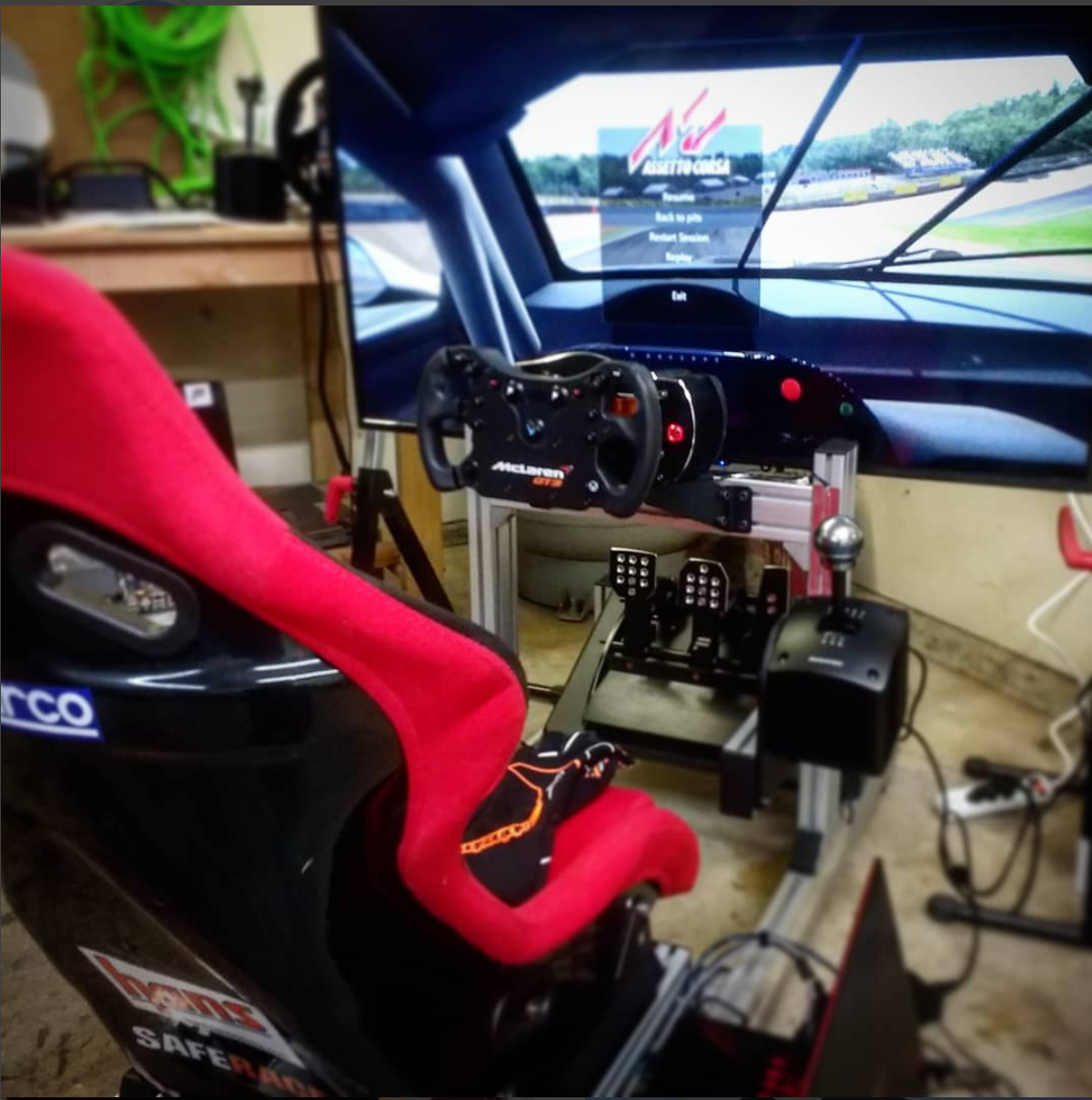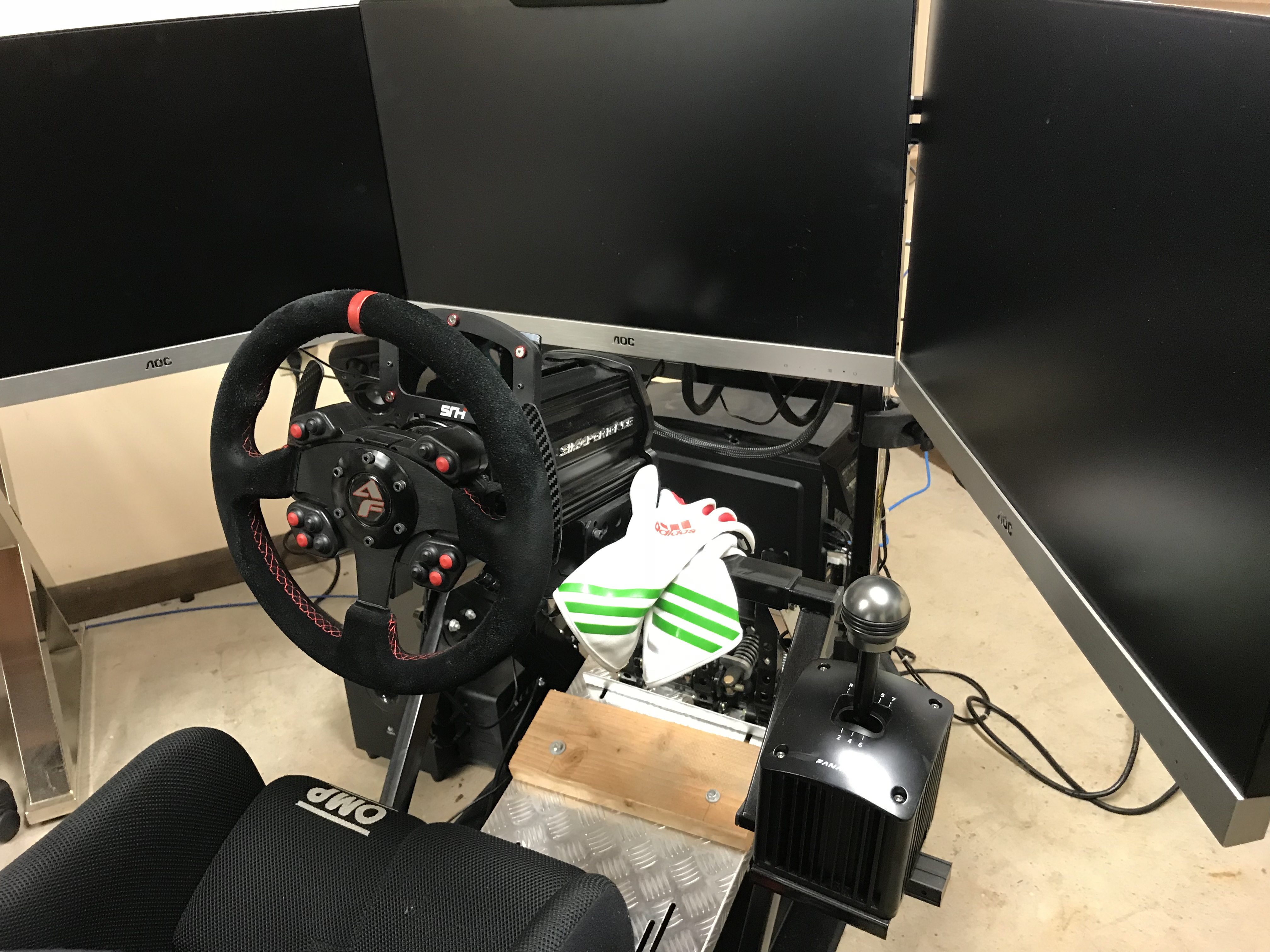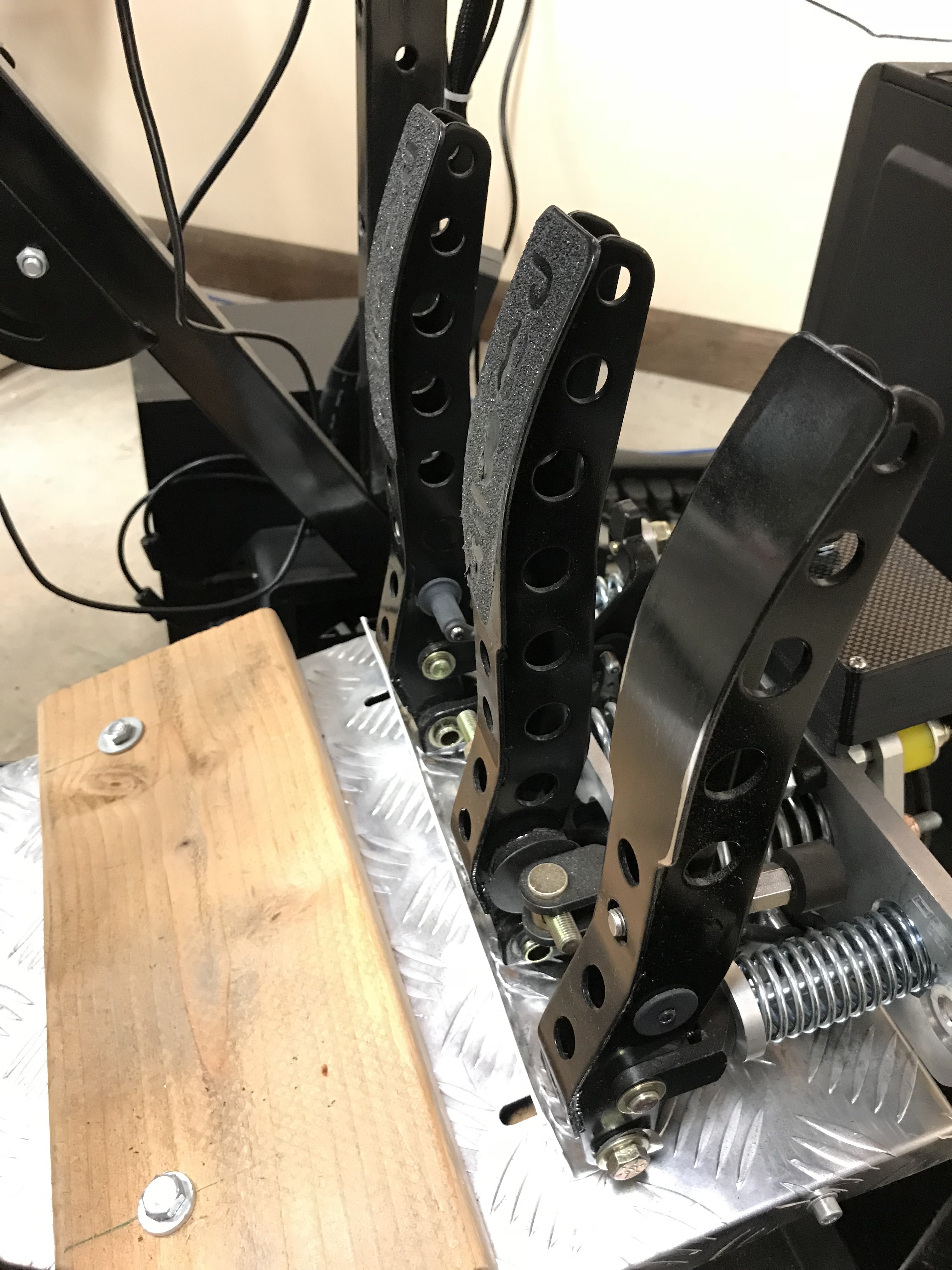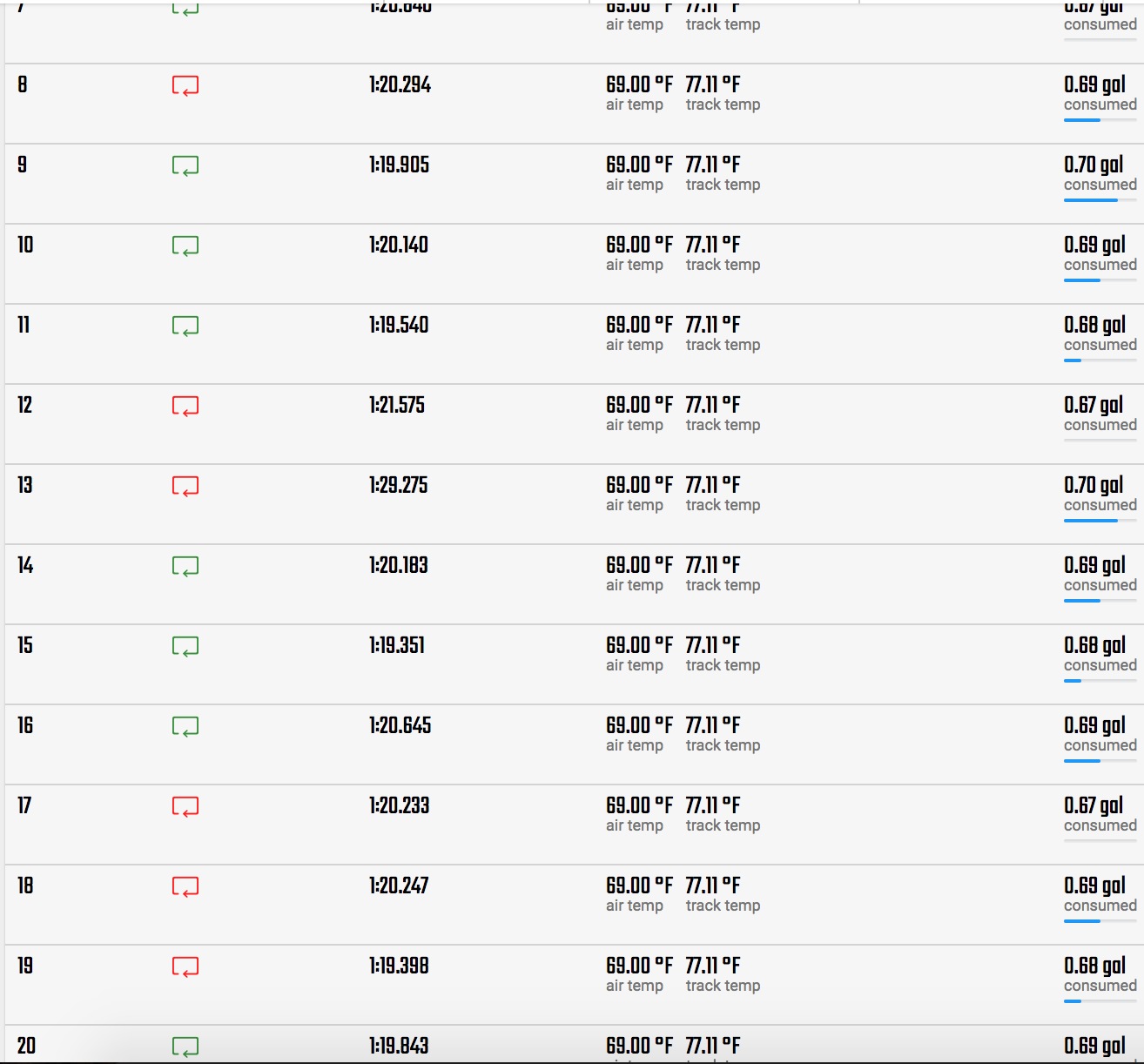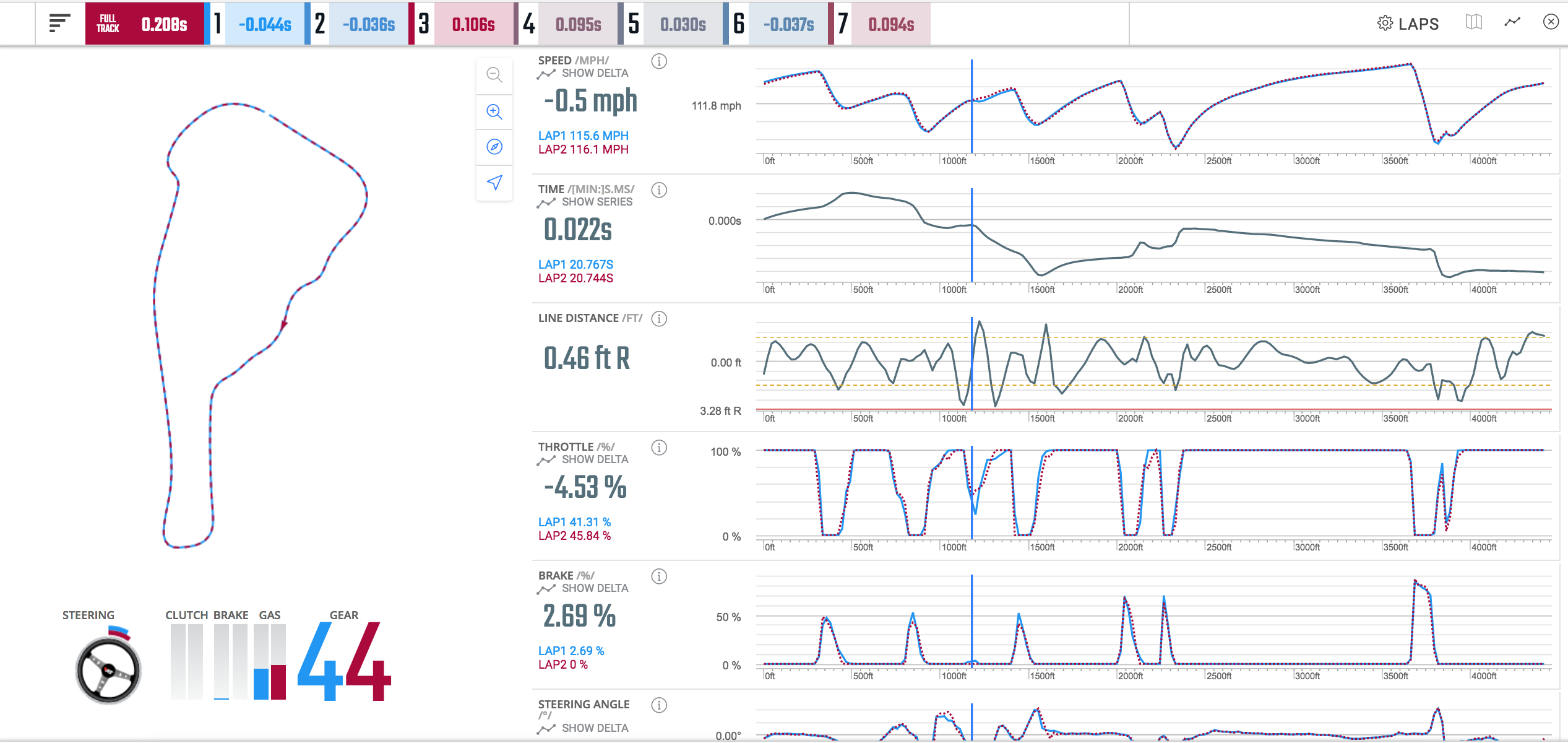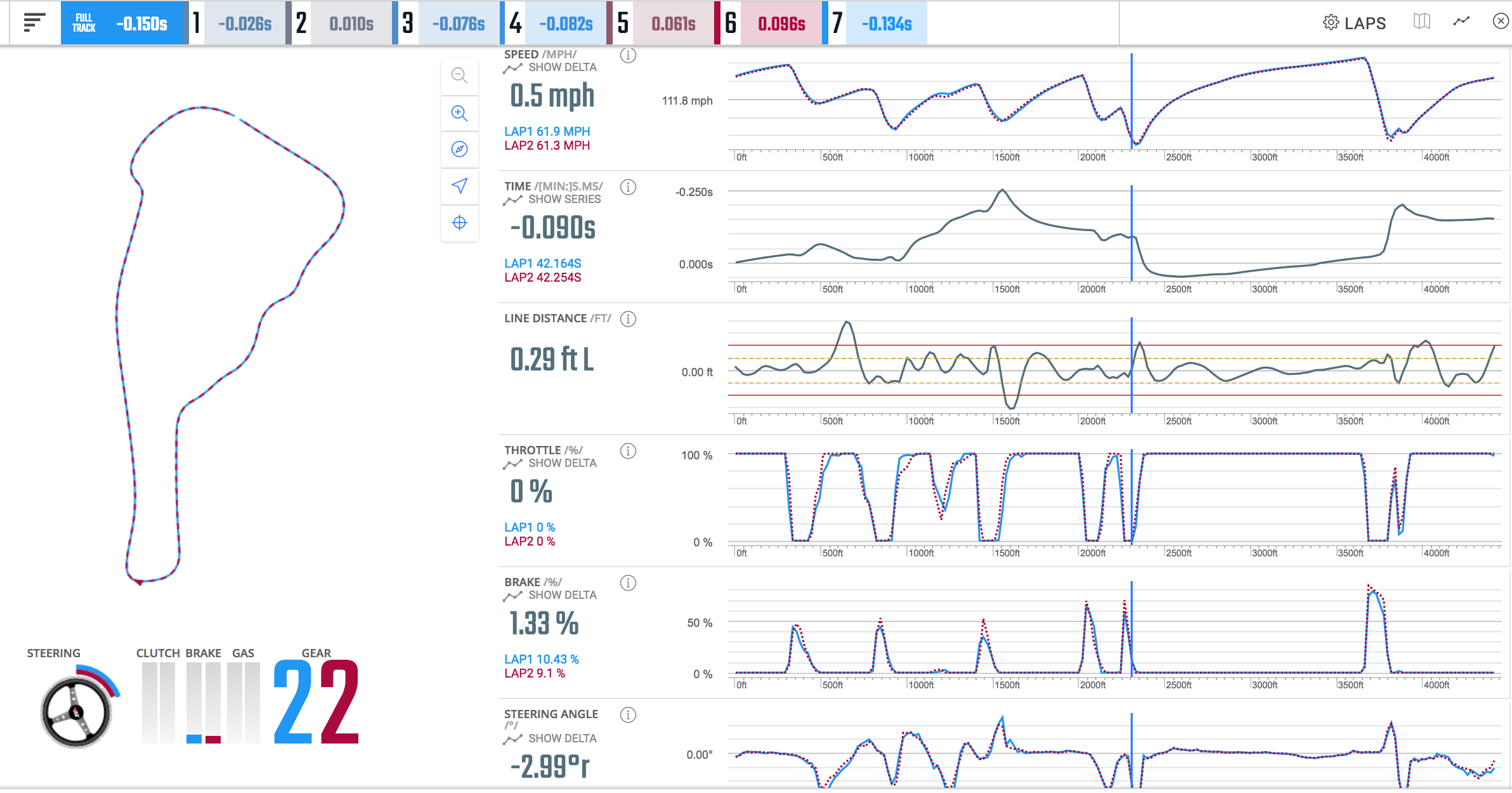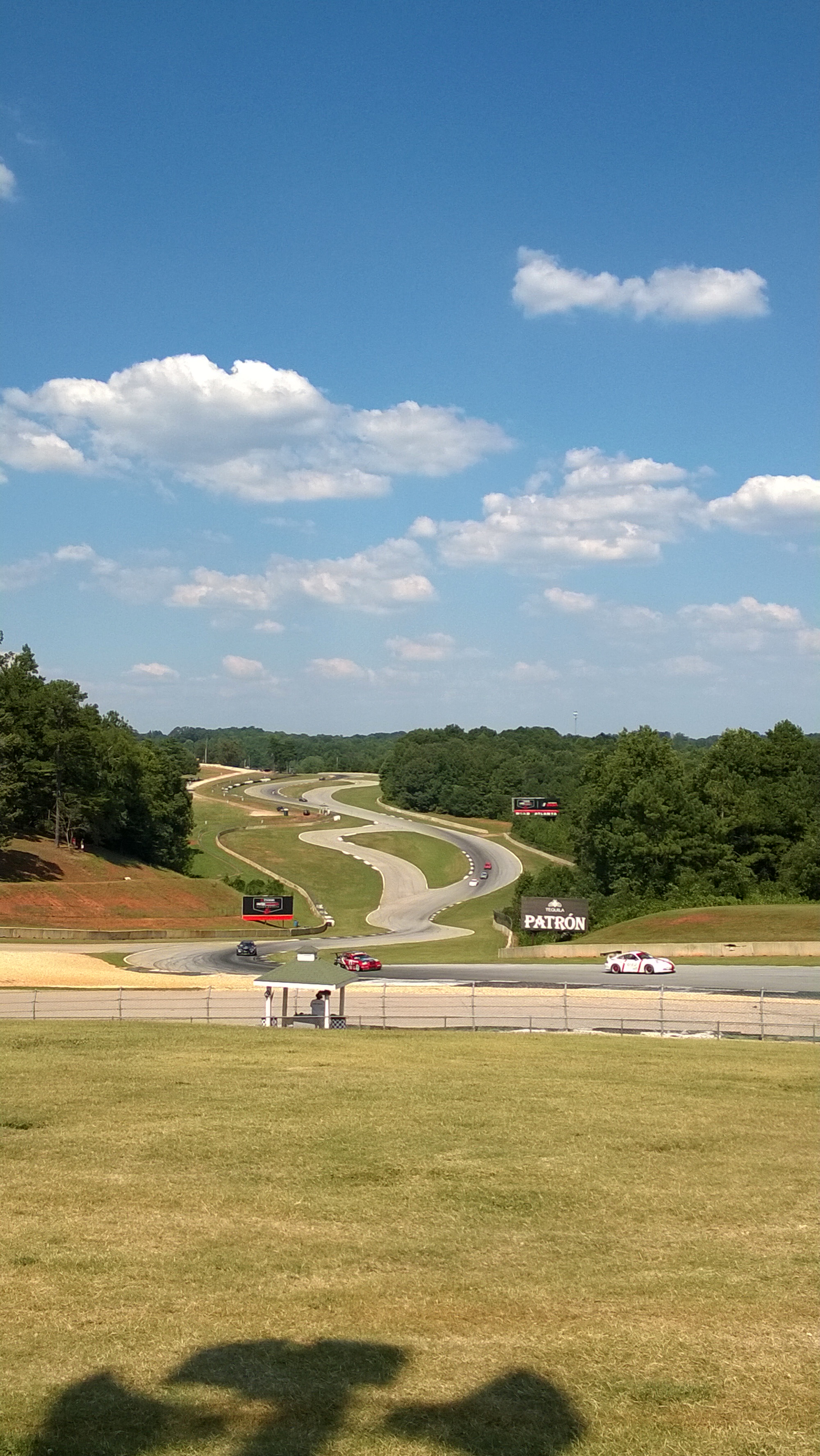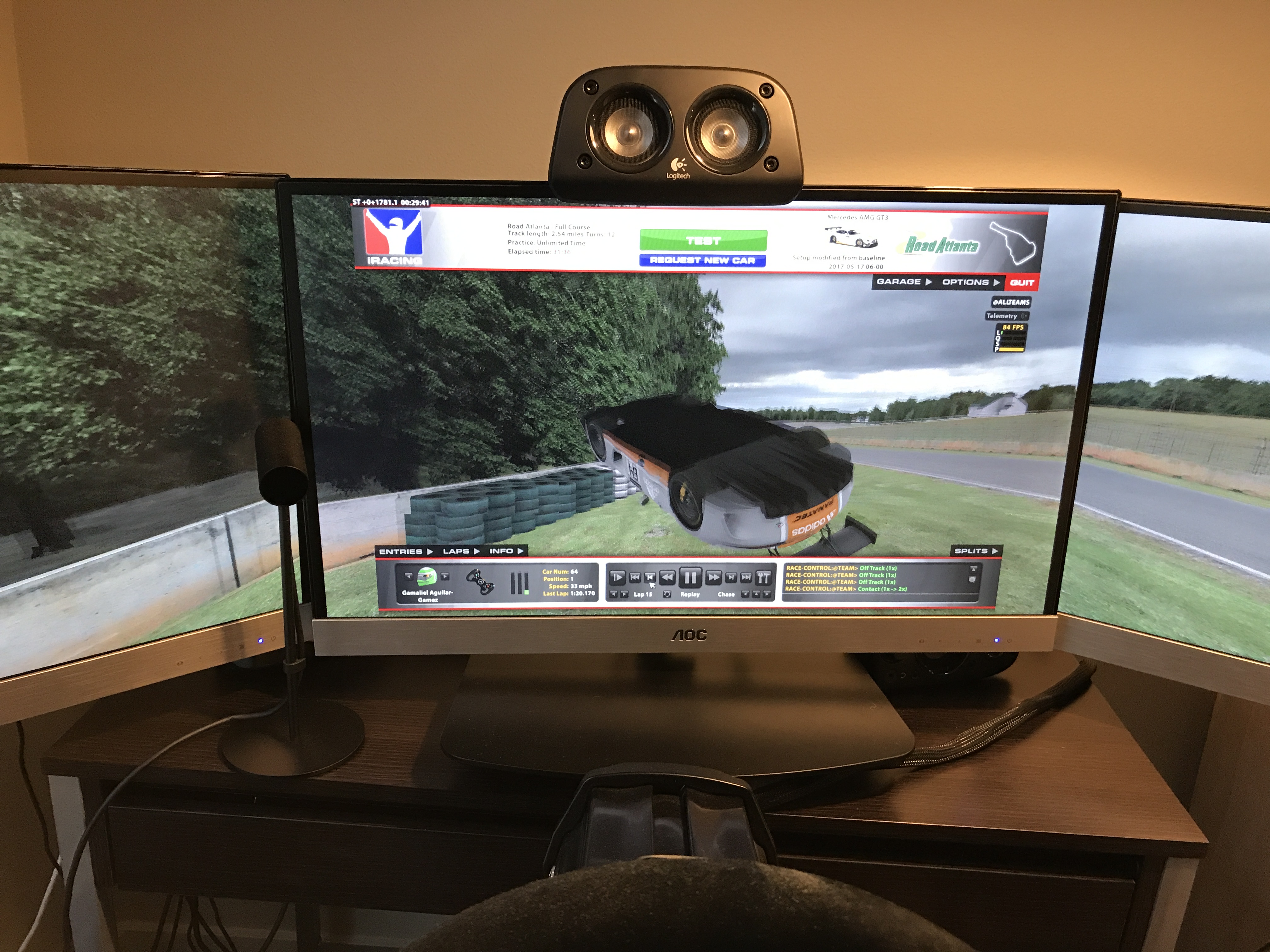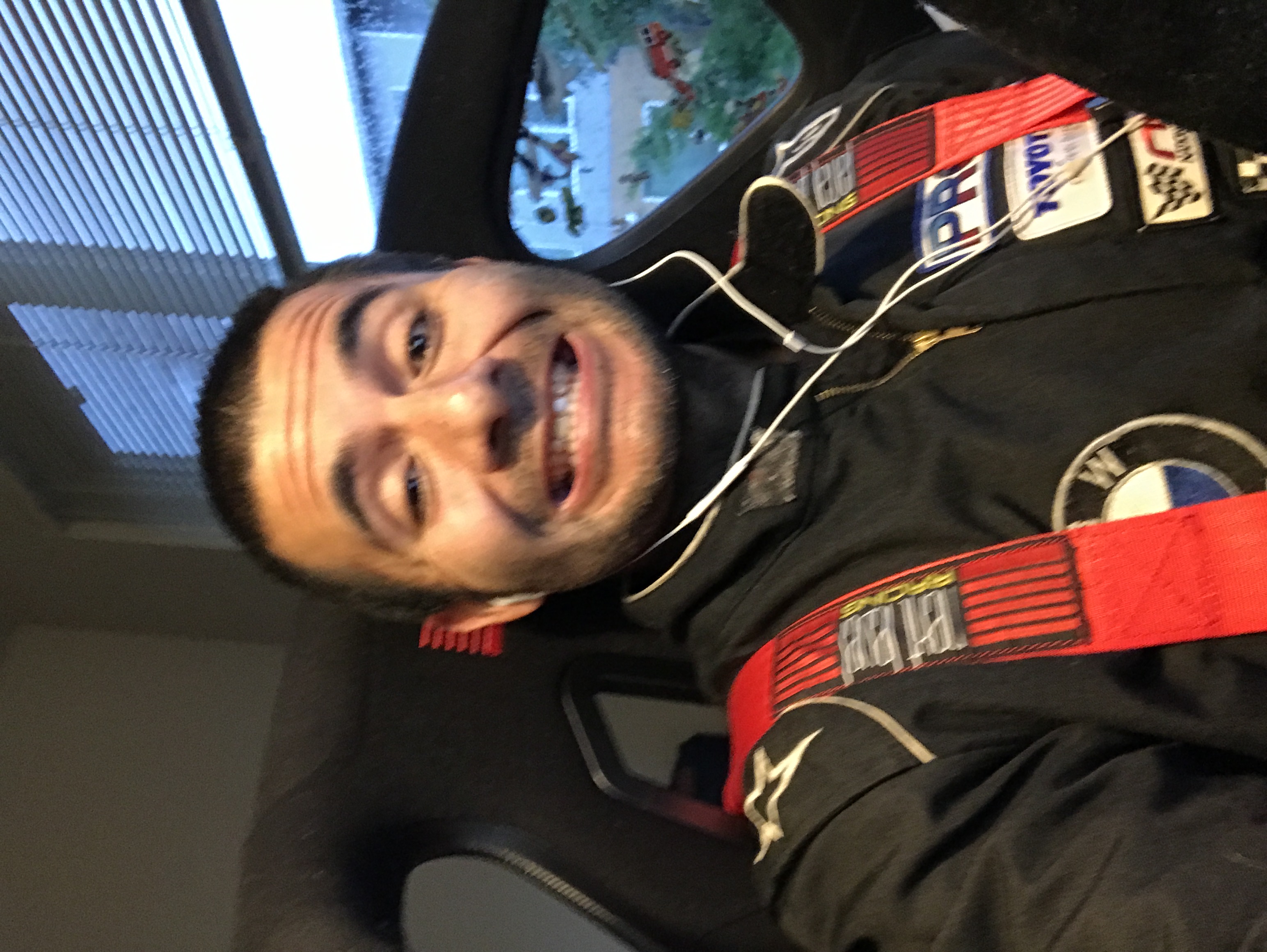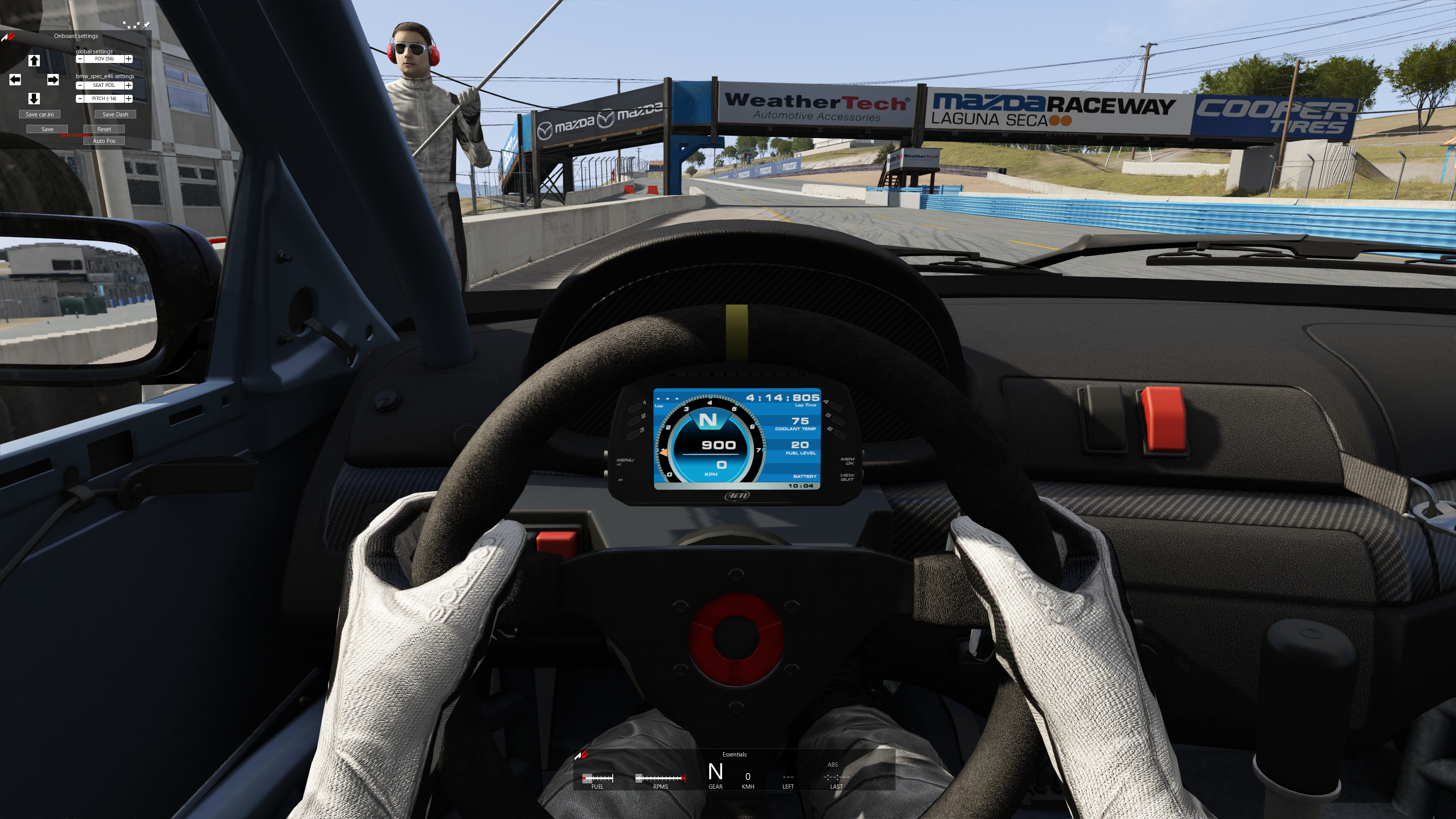
Thanks to everyone for the support on the SE46 car for Assetto Corsa. We have an updated build to share!
Here’s what is new:
- Front and rear anti-roll bars are now adjustable.
- The car now comes with additional base factory colors for the car. The sponsored race car livery is still the same and the default but now you have new options.
- The .zip file now contains a new folder called “Templates”. This folder contains a Photoshop file (.psd) that you can use to create your own livery.
- The passenger side cage tube now goes in the proper location (aesthetic change only).
- Wheels now have motion blur.
- Enhanced levels of details and interior is now optimized for low resolution graphics cards/monitors
- The rear-view mirror has been adjusted down so it is more easily viewable when not in VR mode.
- The description, power figures and graphs have been updated.
- Dyno graphs are based off a real-world chassis dyno and 15% added to torque and whp for drive-train losses.
How to get the update:
For those who already purchased the car, an email has been sent (including initial contributors to the build) where they can access it and all new purchasers will get the new build in the download link. Click here to check out and buy the car!
How to install the update:
- Download the update
- Make sure Assetto Corsa is not running.
- Right click the .zip folder and select “Extract All” – do not just double click into the folder.
- Find the “contents” folder and copy that folder
- Go to this path: C:\Program Files (x86)\Steam\steamapps\common\assettocorsa\content\cars
- If you already have the previous version, delete the previous version of the car, which should be a folder called “bmw_m3_e46”. If not, skip this step and go to step 7.
- Go up to levels in that director to: C:\Program Files (x86)\Steam\steamapps\common\assettocorsa\
- Paste the “contents” folder you copied above
- Close the file explorer window
- That’s it!
Over the next couple months, via our friends at Track Attack, we will have the capability to log telemetry data from Assetto Corsa and compare it with the real world data we already have from several tracks. We’ll use this data to further fine-tune the physics model.
As always, let us know what you think and thanks again for the support!







